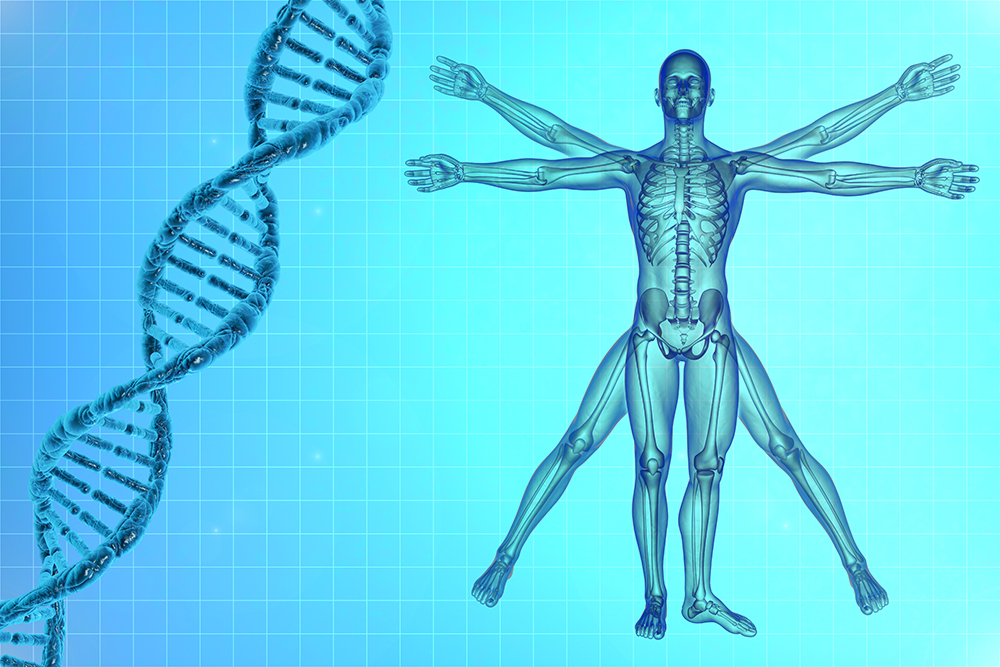Stem cells represent the new frontier of medicine and the concrete hope of curing diseases that seemed incurable until yesterday. It is common knowledge that a number of research institutes are concentrating all of their efforts precisely on stem cells, so as to fully understand their properties and treatment potential.
Stem cells have the remarkable potential to develop into many different cell types in the body during early life and growth. In addition, in many tissues they serve as a sort of internal repair system, dividing essentially without limit to replenish other cells as long as the person or animal is still alive. When a stem cell divides, each new cell has the potential either to remain a stem cell or become another type of cell with a more specialized function, such as a muscle cell, a red blood cell, or a brain cell.
Thus stem cells are those cells that have not “specialized” yet – that is, they have not yet differentiated for a specific, final function. This particular characteristic makes them extremely precious, since they can potentially “repair” damaged organs and tissues.
Stem cells are a class of undifferentiated cells that are able to differentiate into specialized cell types. Commonly, stem cells come from two main sources:
- Embryos formed during the blastocyst phase of embryological development (embryonic stem cells)
- Adult tissue (adult stem cells).
Both types are generally characterized by their potency, or potential to differentiate into different cell types (such as skin, muscle, bone, etc.).
Embryonic stem cells are those found in an early-stage embryo, about one week old. They are called “totipotent” because they can differentiate into all the cell types of our body. However, their use raises serious bioethical issues, since their extraction entails the destruction of the embryo. Umbilical cord-derived stem cells DO NOT belong to this family, but are adult-type stem cells. As a consequence, their therapeutic use raises no problem whatsoever from an ethical standpoint.
Adult stem cells are present in some of our organs and tissues, and they are generally intended to regenerate the organ or tissue where they are found. Depending on their characteristics, “adult” stem cells can be pluri- (or multi-) potent, i.e., they can differentiate into some types of cells, or unipotent, i.e., they can generate only one cell type.
Perhaps the most important potential application of human stem cells is the generation of cells and tissues that could be used for cell-based therapies. Today, donated organs and tissues are often used to replace ailing or destroyed tissue, but the need for transplantable tissues and organs far outweighs the available supply. Stem cells, directed to differentiate into specific cell types, offer the possibility of a renewable source of replacement cells and tissues to treat diseases including macular degeneration, spinal cord injury, stroke, burns, heart disease, diabetes, osteoarthritis, and rheumatoid arthritis.
In the past decade human adipose tissue has been identified as a source of multipotent stem cells. Adipose tissue derived stem cells (ASCs) are characterised by immunosuppressive properties and low immunogenicity. The stem cells isolated from adipose tissue are abundant, easily extracted via lipo-aspiration, and they are capable of differentiation into numerous cell types. In fact, the stem cells from adipose tissue are found to be equivalent, if not superior to bone marrow stem cells, in terms of cell differentiation (maturation), angiogenesis (new vascular growth) and anti-inflammatory effects. For these reasons, adipose-derived stem cells hold particular promise in the field of regenerative medicine. Large quantities of adipose-derived stem cells may be collected in a single procedure, without the need for cell culture expansion.
To obtain adipose tissue, liposuction is a less invasive technique than bone marrow aspiration. In general, it can be affirmed that this technique is less invasive for the patient and does not represent a pathological condition. Small quantities of adipose tissue (from 100 to 200 ml) can be easily obtained under simple local anaesthesia. Furthermore, just one gram of this tissue contains approximately 5,000 stem cells, called Adipose-derived Stem Cells (ASCs) – approximately 500 times more abundant than those obtainable from a comparable volume of bone marrow. For these reasons, adipose tissue can be regarded as a rich source of mesenchymal stem cells.
The speed at which research on stem cells is evolving makes it difficult to set a clear boundary between what is already reality and offers a concrete treatment opportunity and what will very likely become possible in the very near future.
Yet biomedical research is focusing on using stem cells as a tool for regenerating many tissues or organs. To date, many studies have reported promising results for the future application of stem cells in the treatment of many pathologies.
The pathologies studied are as follows:
- Cardiovascolar (Myocardial Infarction, ischemic pathology, etc.)
- Gastrointestinal (Crohn’s disease).
- Renal (acute renal failure, kidney transplants, etc.).
- Hepatic (cirrhosis, familial hypercholesterolemia).
- Pulmonary (COPD).
- Nervous (Neuroblastoma MS, Parkinson ALS, Ictus etc.)
- Pancreatic (diabetes type 1 and 2).
- Cutaneous (diabetes sores, systemic sclerosis)
- Systemic (Sjögren’s Syndrome, Lupus, GvHD)
- Bone/cartilage (bone fractures, Osteogenesis Imperfecta, cartilage defects etc.)
After the liposcution procedure, adipose tissue is collected in a transportation kit and sent to laboratories via a dedicated courier. The cells can all be cryopreserved and stored in cell bank for a possible future use.
Stem cells from adipose tissues are also used in cosmetic treatments. Within 24 hours from the adipose tissue collection, under conditions of absolute sterility, mesenchymal stem cells are isolated and characterised; the cells can then be sent back to the cosmetic surgery centre to be immediately implanted.








